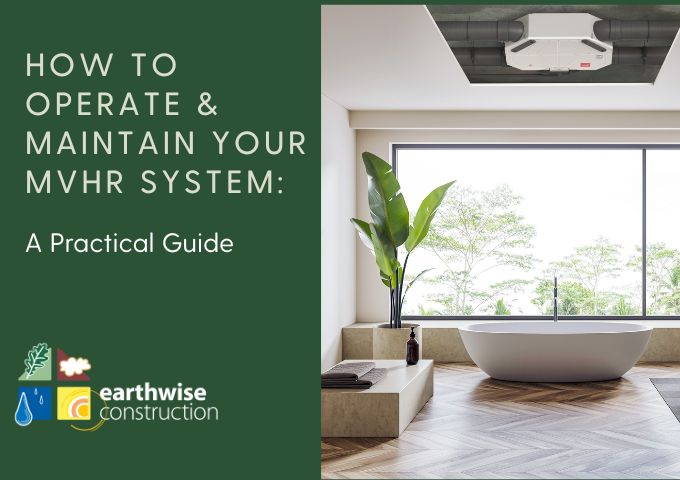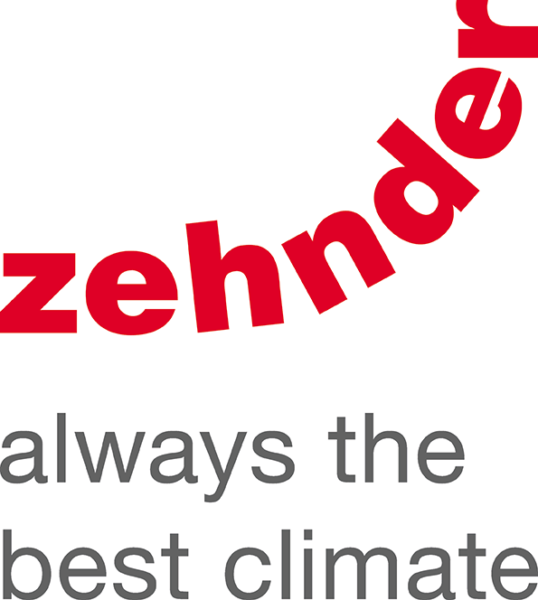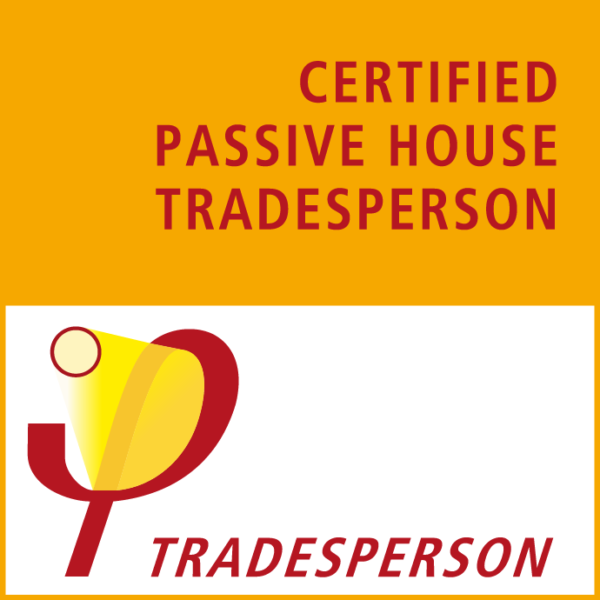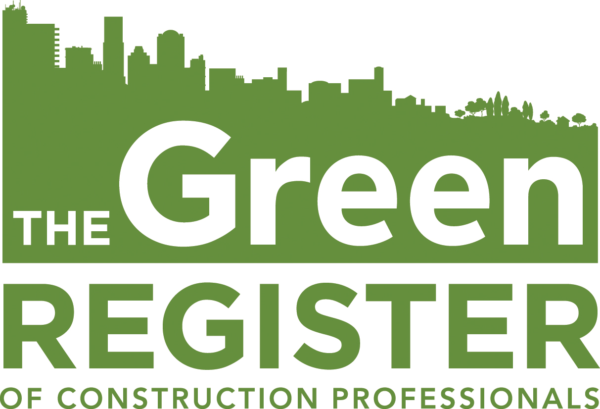An MVHR (Mechanical Ventilation with Heat Recovery) system plays three main roles in your home:
- Providing fresh, filtered air – for your health, comfort, and well-being.
- Extracting pollutants (i.e., humidity, odours, dust, VOCs) – preventing mould, dust mites, and moisture damage.
- Recovering heat – so ventilation doesn’t waste your heating energy.
If applicable, some systems also help with distributing warmth or cooling, if they’re designed that way.
Running Your MVHR System Day to Day
Your system should maintain a balanced airflow to comply with building regulations: fresh air supplied into living areas, and warm/humid/exhausted air pulled from moisture‐producing spaces (kitchens, bathrooms, wet rooms).
Here’s how to set it up:
- Normal setting: For everyday use. This keeps constant, gentle ventilation.
- Boost mode: For times with extra moisture or odours (after showers, cooking, etc.). Some systems will have sensors (e.g. humidity) that do this automatically.
- Unoccupied or “low/away” mode: If you’re away or rooms are unused for a time, run at a lower setting.
Summer brings additional considerations:
- All systems offered by Earthwise have a bypass mode during warm weather – this allows cooler outside air in at night or early morning, without passing through the heat exchange core, to help cool the home.
- If inside temperatures get uncomfortable, you can open windows for natural cross-ventilation, especially if rooms are on opposite sides of the home upstairs/downstairs.
- During summer you may temporarily turn the MVHR down or even off, as long as you’re safely ventilating by other means. Just remember, turning it off often in cold weather leads to energy losses and possible moisture buildup.
Filters & Regular Checking
Filters are crucial – dirty filters reduce airflow, increase energy usage, and can make your system noisy.
- Check filters every 3-6 months. If they look dirty or blocked, clean or replace them. Many MVHR systems will have a built in sensor alerting you when filter changes are required.
- Some filters (depending on the system) may last 4-12 months, but how long depends on outdoor air quality, pollution, humidity, etc.
- Vacuuming the filters can help, but they still need replacing periodically.
Make sure you’re using the correct size and type of MVHR filters:
- Generally, a finer filter (like an F7 / ISO ePM1 65%) on the intake side to block pollen and finer particles.
- A coarser (e.g. G4 / M5 / ISO ePMC) filter on the extract side.
- Directions matter: filters are often directional, and installing them backwards can reduce airflow and increase wear.
Avoid “cheap” or aftermarket filters that are not specified – they often have higher resistance, can make the system work harder, and increase noise and energy usage.
MVHR Maintenance & Servicing Schedule
Even though MVHR systems run quietly in the background, they need regular care to keep working efficiently and protecting your air quality. Here’s a simple timetable to follow:
- Every 3–6 months: Replace or clean filters (more often in dusty or polluted areas). Many MVHR systems will have a built in sensor alerting you when filter changes are required.
- Annually: Carry out a general service — check filters, clean grilles and air valves, dust room terminals, inspect external grilles, and check insulation on ductwork. If your unit allows, remove and gently wash the heat exchanger with warm soapy water. Many homeowners prefer a professional MVHR service at this stage.
- Every 4 years: Arrange a deeper clean by a specialist, including internal components and ducting where accessible.
- Every 10 years: Full ductwork cleaning using a specialist system, to remove accumulated dust and maintain healthy airflow.
By keeping to this schedule, you’ll not only improve indoor air quality and system efficiency, but you’ll also protect your investment and meet manufacturer servicing requirements.
Other Troubleshooting & Tips
Here are common issues and what to check:
- Noise: If your MVHR becomes noisy, it may be due to blocked filters, full or clogged supply/exhaust grills, or dirty room terminals. : Noise could also mean debris is caught in the unit or possibly a mechanical problem with the fan motors Replacing filters and cleaning vents usually resolves this.
- Odours / External smells: Some units have activated charcoal filters (or these can be added) to remove smells. These need replacement (often annually) since the active medium gets used up.
- Supply air feels cold: Could be due to unbalanced airflow, poor insulation of ductwork (especially in lofts or cold spaces), or lacking frost protection/pre-heater. Also check whether extraction rooms are much colder than others.
Water or condensation issues: Some moisture is normal – the heat exchanger will collect condensation, which should drain properly. If you notice leaks, ensure the unit is level (or slightly tilted back, depending on model), drains aren’t blocked, and the condensate tray/trap is correctly installed.
Myths & Misunderstandings
- Opening windows doesn’t “break” the MVHR – unlike air conditioners, MVHR doesn’t re-circulate air internally in a way that’s harmful. You can open windows when needed. Just remember energy losses if lots of cold air is coming in when it’s cold outside.
- With proper maintenance, there should be no risk to health. Problems tend to arise only when units are neglected – dirty filters, blocked ventilation points, or lacking regular servicing.
How We Can Help You
At Earthwise Construction, we offer full design, supply, installation, and commissioning of Zehnder and other MVHR systems. We also provide servicing plans and one-off services so you don’t have to worry about upkeep.
Our Zehnder service plans give you:
- Scheduled maintenance
- Free/or included filters
- Priority support and replacement parts (depending on plan)
- Logs/documentation so you stay compliant with warranty and manufacturer guidance
And for customers with non-Zehnder systems, we offer one-off servicing tailored to your equipment.







